Editors’ Picks




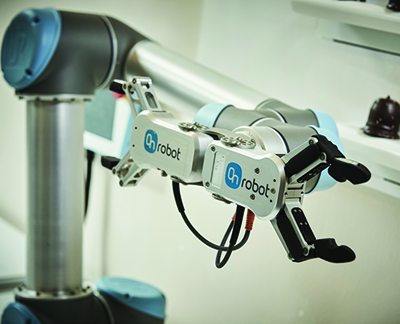
Osvald Jensen A/S is a Danish-based, family-owned manufacturing business with in-house production of worm gears marketed under its own brand. The company set about automating various manufacturing tasks to increase productivity, eliminate repetitive and strenuous duties, and lower the risk of errors. Since 2015, the company has used collaborative robots (cobots) to load and unload computer numeric control (CNC) machines. However, after upgrading their cobots with dual grippers, the company cut cycle time nearly in half. Previously, the single-gripper robots would load a part, wait for the process to finish, unload the part, and pick up a fresh one. The…
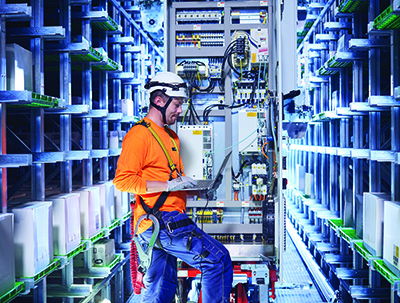
Big Data, Industry 4.0, the Internet of Things, the Amazon Effect—no matter what your business is up against, it’s probably safe to say your warehousing and distribution operations do not look like they did five years ago. Start-ups have shaken up the solutions landscape with innovative software, hardware and go-to-market strategies. Established systems suppliers have made meaningful shifts in how they provide solutions and services. In the process, the warehousing and distribution playing field has leveled somewhat. Thanks to consumer demands, massive automated facilities and mom-and-pop shops are expected to deliver similar service. And, thanks to faster and cheaper technology,…

KNAPP

Amerden AGVS
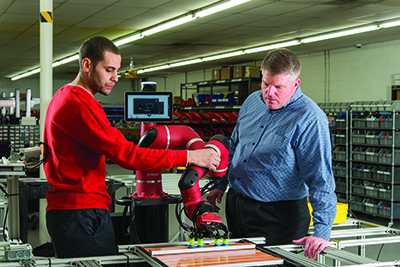
Family-owned and operated for three generations, Acorn Sales Company in Richmond, Va., is a specialist in customized, handmade rubber stamps and embossing seals. To maintain throughput, improve quality and reduce its reliance on outside suppliers, the company now uses a collaborative robot to support manufacturing. As a result, the company has significantly shortened its supply chain. Before the new collaborative robot (Rethink Robotics), Acorn purchased pre-cut stamp mounts with handles from a third-party supplier, which led to variable pricing, shipping delays and inconsistent stamp mount quality. The company had long sought an option for bringing this process in house, but…
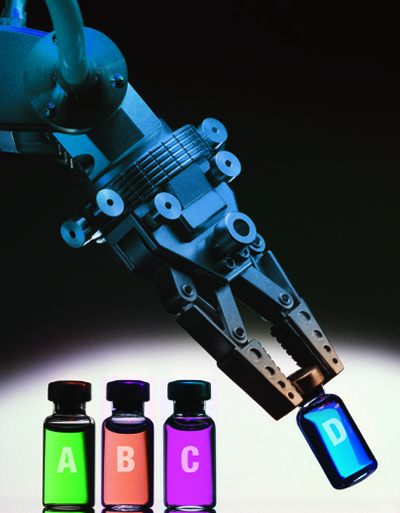
Among the many innovative technologies on display at ProMat this year were an assortment of robotic piece-picking solutions. Until very recently, these technologies were considered unrealistic for addressing the broad range of items handled in the average warehouse. For example, the winner of the inaugural Amazon Picking Challenge in 2015 was able to pick 10 of 12 correct items in less than 20 minutes. It would be a long time, it seemed, before such robots could compete with the dexterity and speed of even the slowest human picker. Now, many big players have unveiled robotic piece-picking technologies, often in partnership…
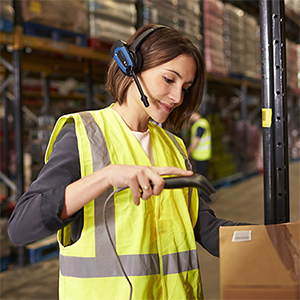
Because lift trucks were not historically known for their brains, mobile computer terminals have been used to bring warehouse intelligence to the operator. Lately, as lift trucks become more connected and computerized, they are changing the patterns of how and where data moves through a facility, its devices and its equipment. There is massive potential for operational improvements from connecting telematics, warehouse execution, labor management and more. But, if you imagine each thread of communication as a string, many operations look more like spaghetti than a neatly woven braid. “The key is to establish one central point of conversation or…
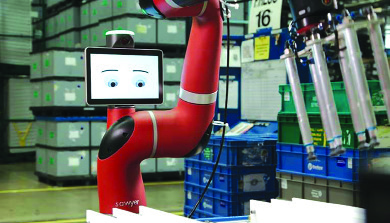
Yanfeng Automotive Interiors is a global leader in automotive interiors. With more than 30,000 employees in 113 facilities worldwide, Yanfeng produces parts found in one in every three cars in the world. After deploying two collaborative robots in its Monroe, Mich., facility, the company has improved two production processes while freeing up employees to be used at positions where they can add more value. This is the company’s first wave of implementing collaborative robots (Rethink Robotics), which began in its Grand Rapids, Mich., facility and is spreading throughout North America. The deployment of two collaborative robots at the Monroe facility…
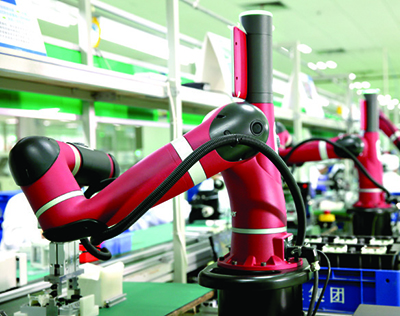
Wasion Group is a manufacturer of smart metering, smart power distribution and energy management in China and international markets. The company produces 35 million units of various equipment annually, including many products in lower volumes. After deploying collaborative robots, (Rethink Robotics), the company has optimized production to meet changing market demands and expedite delivery. The new robot was first used on an assembly line for manufacturing single-phase energy meters. They are now used at multiple workstations including loading electric meter boxes, PCBA loading and assembling, power testing and code scanning, and carrier loading and assembly. The robot features compliant motion…
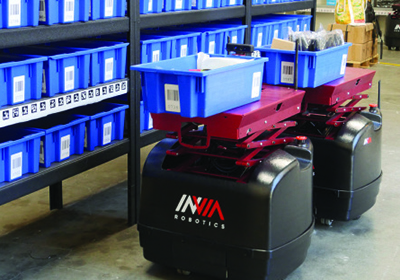
As the dream of autonomous cars edges closer to reality, automatic guided vehicles (AGVs) are advancing into the warehouse in a very real way. As the likes of Google and Apple pour resources into the development of driverless technology, the decreased price and improved performance of the vehicles are benefiting the makers of driverless industrial vehicles. Already, Amazon is poised to become one of the biggest users—and suppliers—of automatic guided vehicles in the warehousing and distribution space. But AGVs aren’t just for those with big budgets and massive operations. In fact, AGVs aren’t even always AGVs. The “guided” part of…
A new IDC Manufacturing Insights report suggests manufacturers who do not embrace digitization will struggle to succeed in coming years. “IDC FutureScape: Worldwide Manufacturing 2017 Predictions” provides manufacturers with the top 10 predictions and underlying drivers expected to impact manufacturers’ IT investments in 2017 and beyond. Key themes woven into the predictions for 2017 include the need for digital transformation, new ways of innovating, more integrated IT and operations, business security, and rethinking the future of work. Kimberly Knickle, research vice president for IDC, said in a recent interview that manufacturers’ preparedness varies. “We definitely see a set of manufacturer…
Founded in 1978 and employing 130 people, Danish fireplace and wood stove manufacturer Scan A/S produces 14,000 stoves annually from its 107,600-square-foot facility. After deploying a mobile robot, the company has automated many kilometers of production floor deliveries, allowing workers to remain productive and producing a return on investment within one year. Previously, an employee had to push a trolley from place to place throughout the facility, a monotonous chore for highly paid manual laborers. “It is costly when internal transport costs man-hours,” says René Hannibaldsen, production manager at Scan A/S. “It challenges a company like ours because we are…



